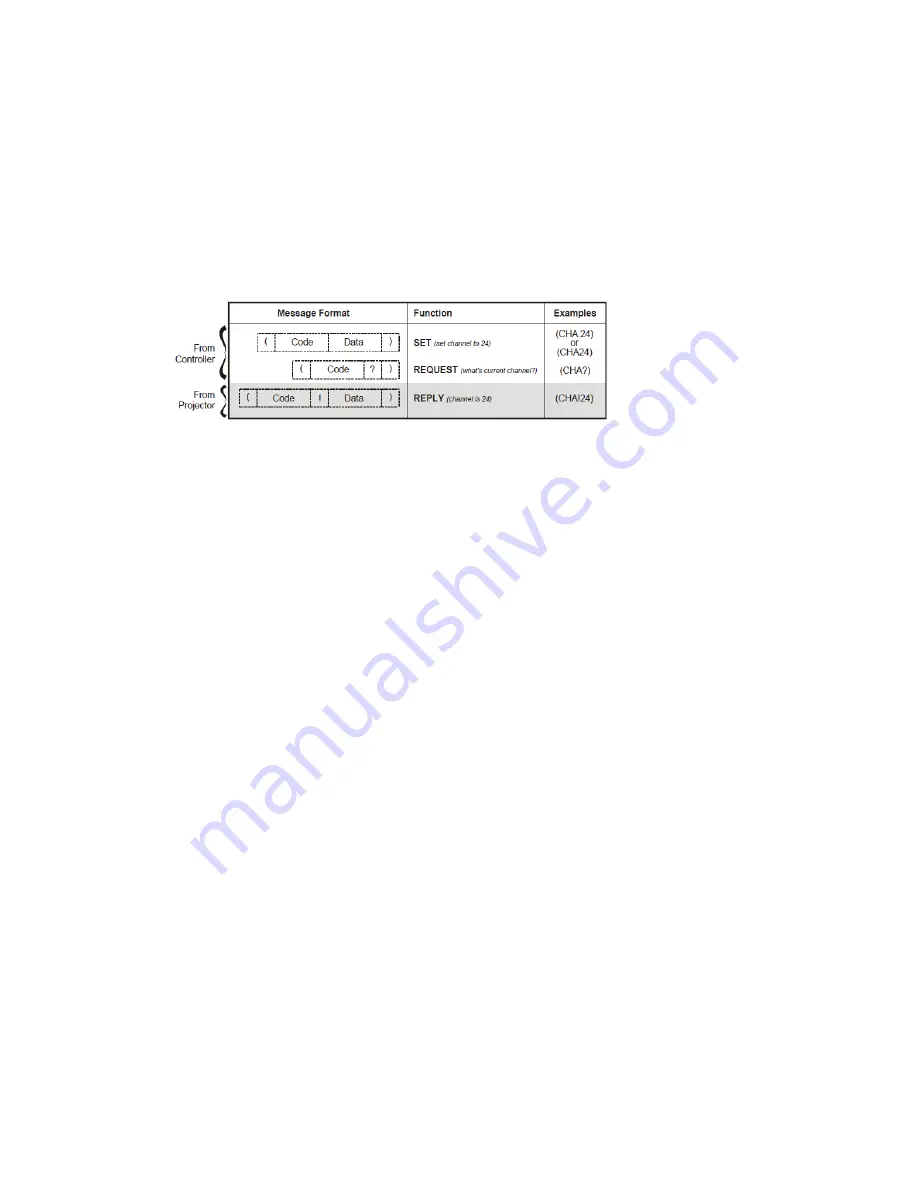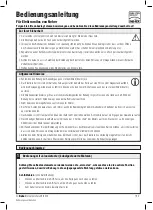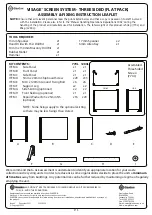
98
Understanding Message Format
All “remote control” information passes in and out of the projector as a simple text message consisting of a three
letter command code and any related data. Opening and closing round brackets (parentheses) surround each
message as shown below. Messages can be a command to set a projector parameter at a specific level, such as
changing to a certain channel. Or the controller can request information, such as what channel is currently in use—
the projector then returns the data in a reply message. Regardless of message type or origin, all messages use the
same basic format and code as shown here.
Where applicable, a message may expand to include additional parameters of related details. And, if desired, you
can choose to include optional information such as acknowledgements, checksums, and network addressing.
Basic Message Structure
The following component fields comprise a standard ASCII message. Optional fields, such as extra characters for
special modes, restrictions or added functionality, are shown in shaded areas.
START AND END OF MESSAGE
: Every message begins with the left “(“character and ends with the right “)“
character. Note that if the start character is received before an end character of the previous message, the partial
(previous) message is discarded.
PREFIX CHARACTERS (OPTIONAL):
For acknowledgement that the projector has responded, and/or to maximize
message integrity, insert one or two special characters before the 3‐character function code:
$
Acknowledgment. See 2.4, Maximizing Message Integrity
&
Checksum. See 2.4, Maximizing Message Integrity
FUNCTION CODE
: The projector function you wish to work with, such as channel selection or gamma, is
represented by a three‐character ASCII code (A‐Z, upper or lower case). This function code appears immediately
after the leading “(“ that starts the message. In messages sent to the projector,
a space between the function code
and the first parameter (or special character) is optional.
REQUEST/REPLY SYMBOLS:
If the controller is requesting information from the projector, a “?” question mark
appears directly after the function code. If the projector is replying, a “!” exclamation mark appears directly after
the function code. For set messages to the projector, neither of these characters appear—the code is followed by
the data itself (see next).
OTHER SPECIAL FUNCTIONS (OPTIONAL):
To add functionality to the current message, include one or more of the
following special characters between the function code and first parameter. If more than one (M SP), add in any
order.
Summary of Contents for REF-1000
Page 1: ...1 REF 700 REF 1000 HOME THEATER PROJECTORS OWNER S MANUAL ...
Page 27: ...27 FIGURE 3 1 REMOTE KEYPAD Wired Remote ...
Page 94: ...94 Appendix B Menu Tree ...
Page 95: ...95 ...
Page 96: ...96 ...
Page 100: ...100 Sampling Messages and Their Meaning ...
Page 115: ...115 ...
















































